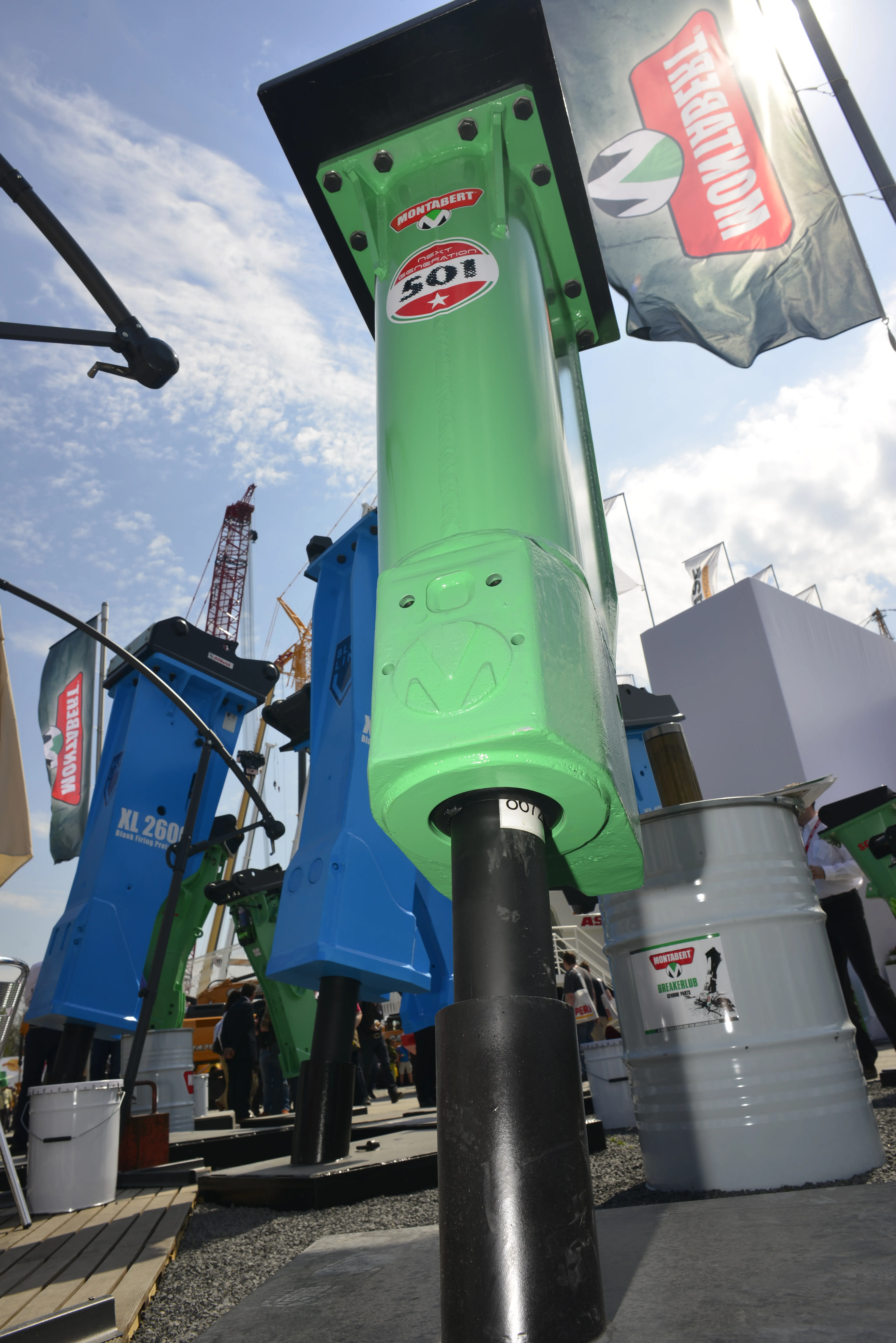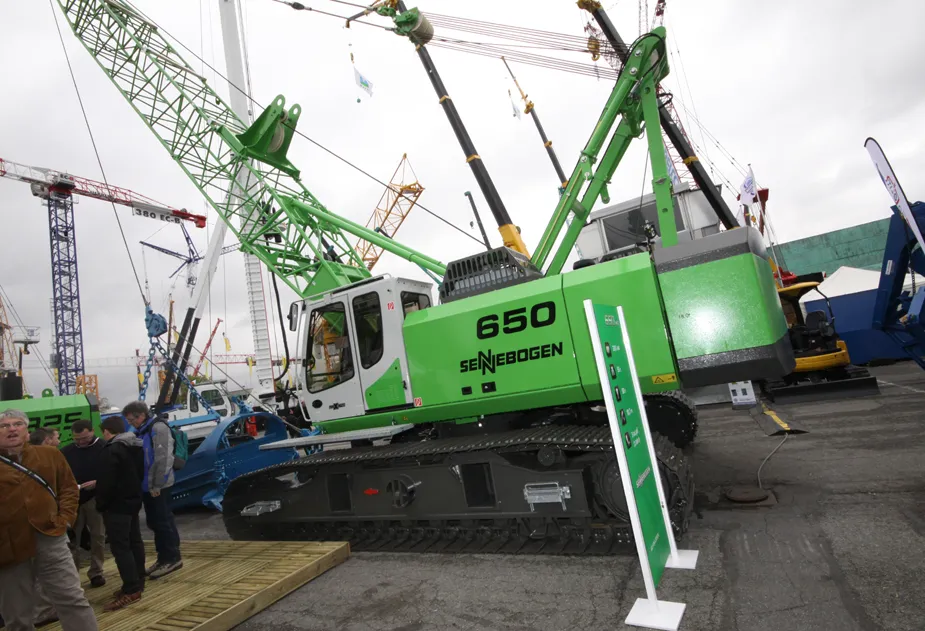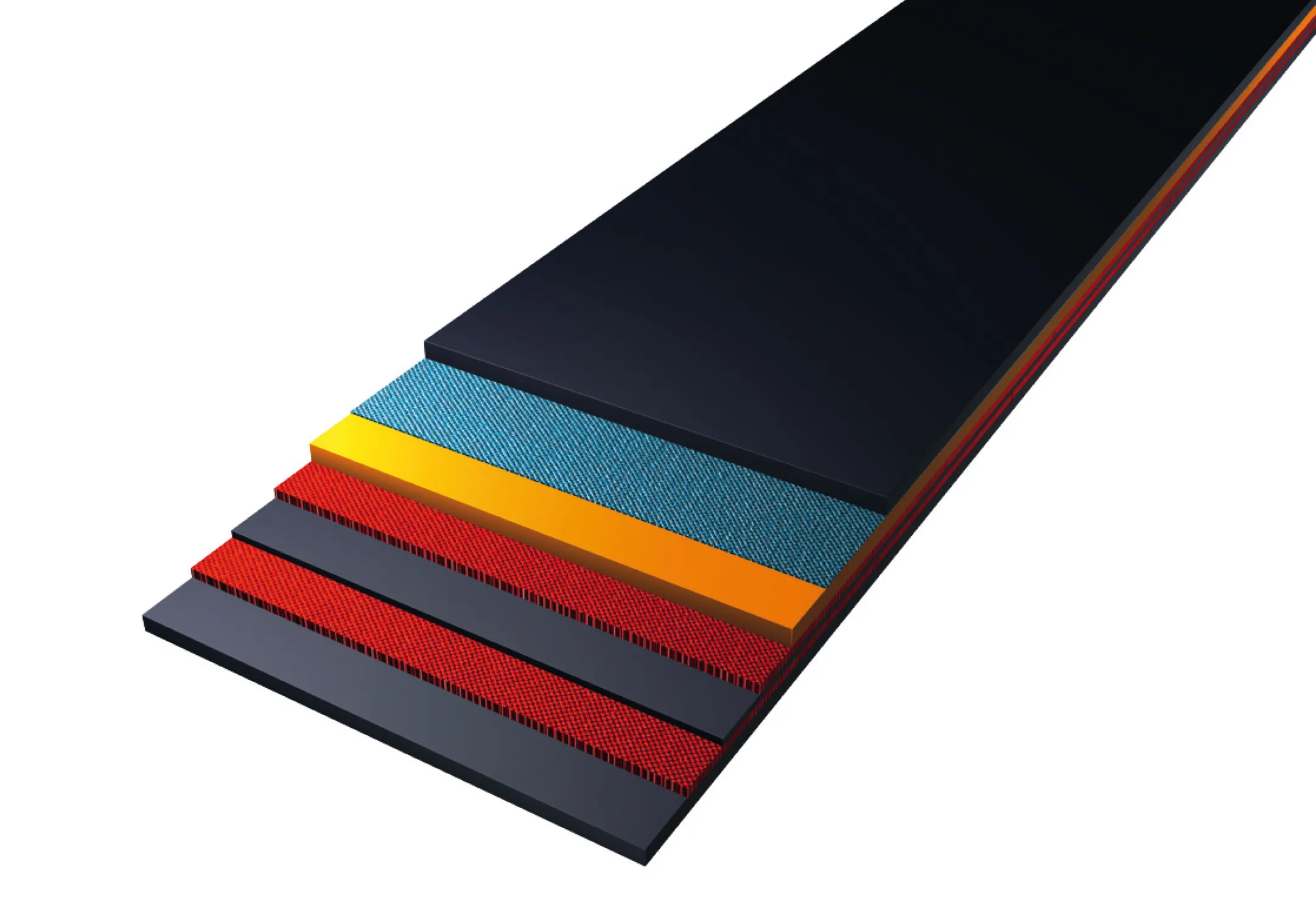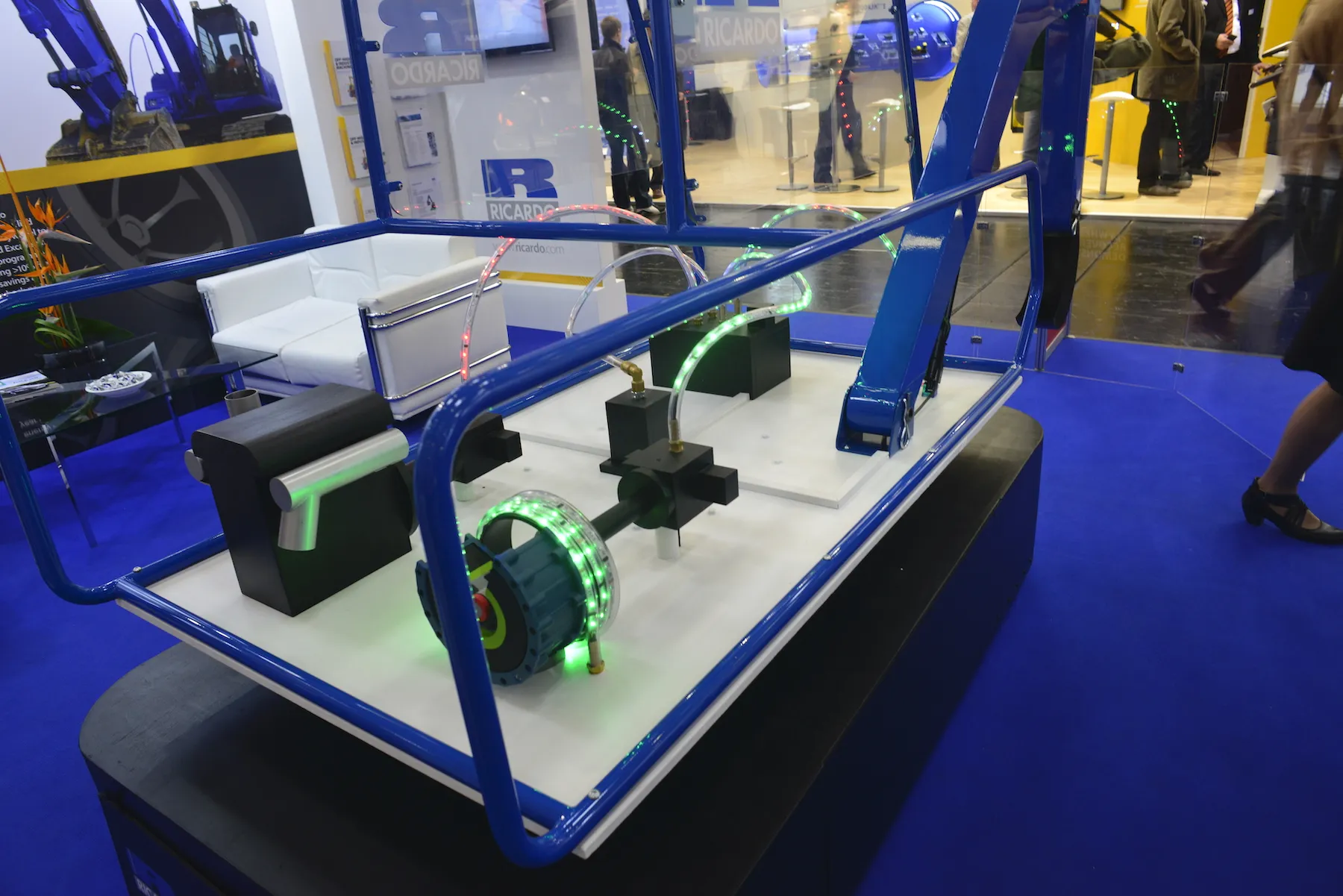Montabert has updated its most well-known hydraulic breaker. When the French company started making hammers 40 years ago, its first breaker was called the BRH501. Now Montabert is launching a new series of breakers and the first model is called the 501 Next Generation. Weighing in at 730kg, the breaker has the same power as Montabert’s previous 1,000kg models. This increase in power to weight will allow demolition contractors to use the breaker on longer reach machines, or on smaller excavators if required.
January 6, 2017
Read time: 2 mins

When the French company started making hammers 40 years ago, its first breaker was called the BRH501. Now Montabert is launching a new series of breakers and the first model is called the 501 Next Generation.
Weighing in at 730kg, the breaker has the same power as Montabert’s previous 1,000kg models. This increase in power to weight will allow demolition contractors to use the breaker on longer reach machines, or on smaller excavators if required.
The 501NG has a maximum input power of 33kW and is suitable for excavators weighing 8-18tonnes. It features a completely new design with a cast base section and no tie-rods. With a maximum frequency of 870 blows/minute, the breaker incorporates the firm’s blank fire protection system and an optional Easylub greasing system. The Easylub container is incorporated within the breaker structure, so there is no danger of damage when the hammer is removed from the carrier machine.
Montabert has also joined forces with Anderol Italia-Meyer Lubrication Systems to create a dedicated breaker lubricant. BreakerLub is a tacky compound rather than a conventional hammer grease. It is synthetic and forms a boundary layer with high affinity to metal surfaces. Montabert says the lubricant offers protection in both hot and cold climates, with a viscosity fine tuned to match the application.
%$Linker:








